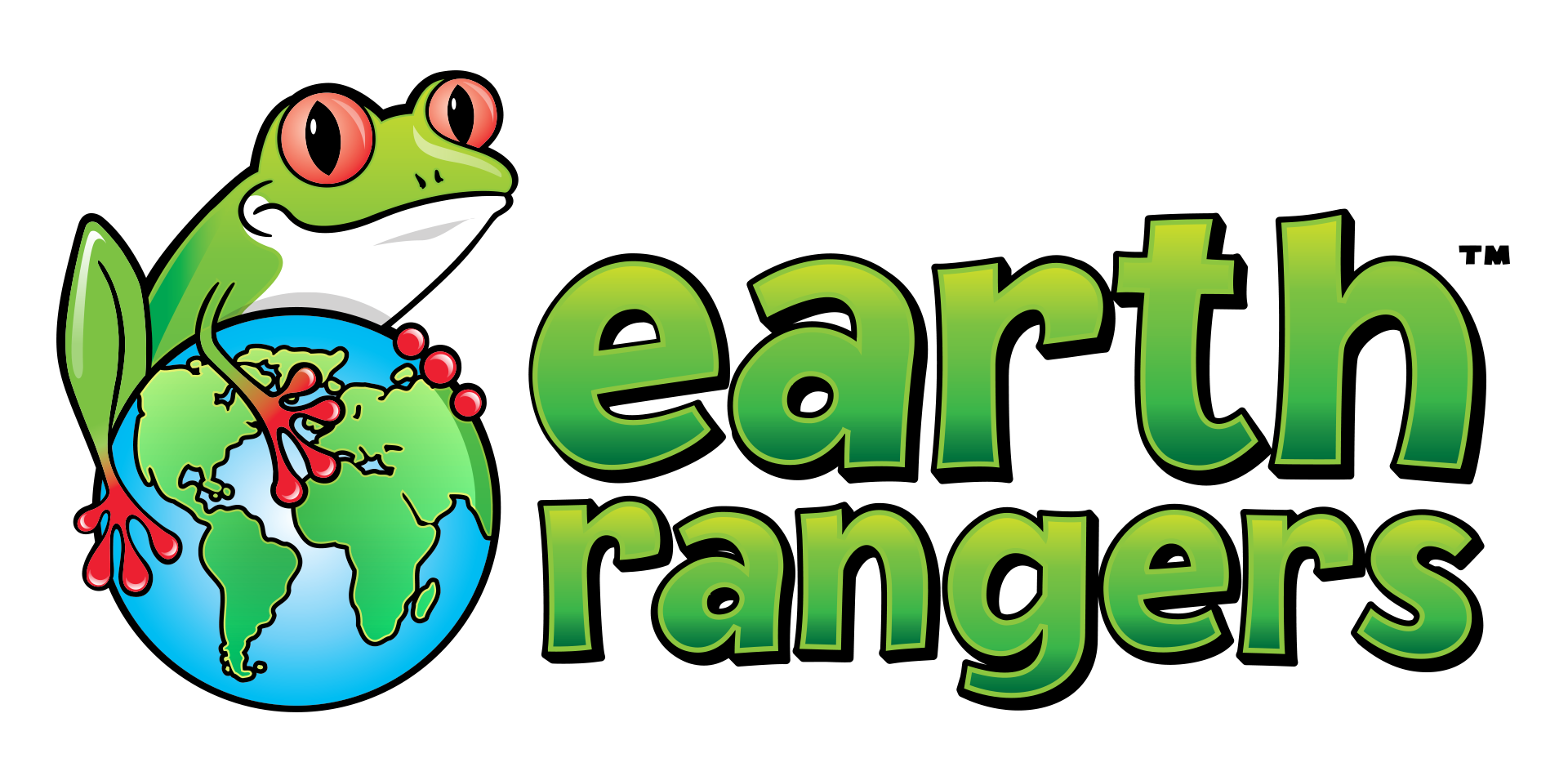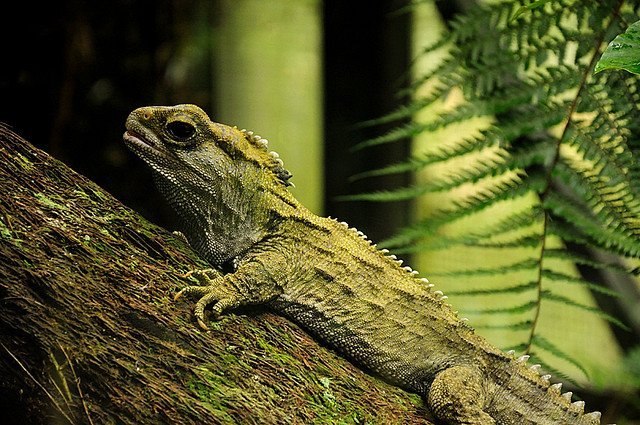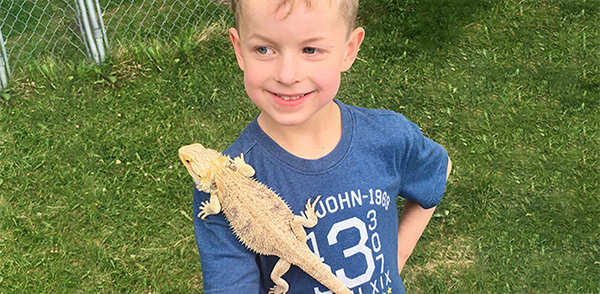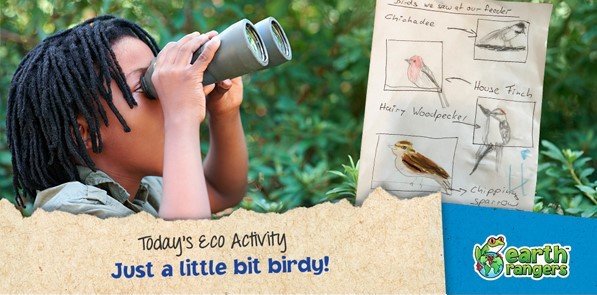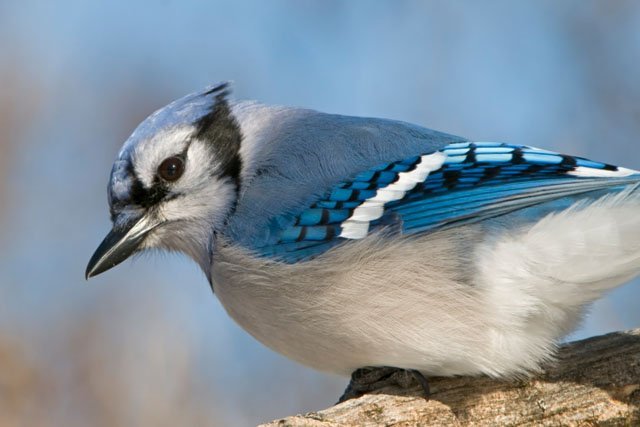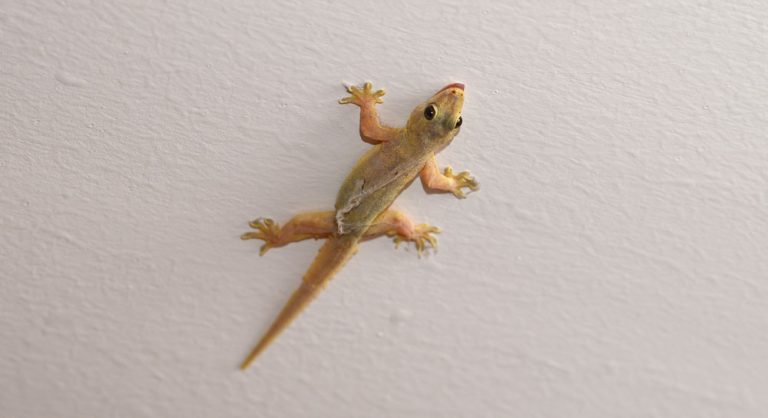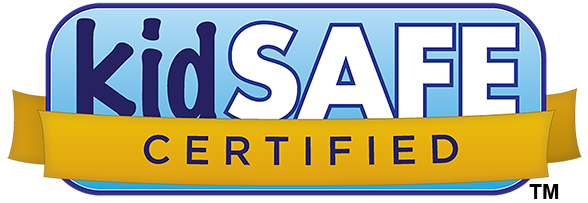Rock climbers are brave and daring,
willing to fight against gravity and challenge themselves to get to the top.
Their fluffy coat keeps them warm and their hooves help them grip…
*record
scratch*
Oh! Did you think we were talking about
humans? Nah! We’re talking about bighorn sheep! They are just one of the
incredible climbers in the animal kingdom. Check out this list of some of our
favourites!
Bighorn sheep
Bighorn sheep are impressive climbers
and it’s all thanks to their hooves. These hooves have a hard outside that is
perfect for digging into the ground, and a rough soft bottom that helps the
sheep grip onto narrow cliff ledges.
Spiders
Ever wonder what gives them their expert
climbing ability? It’s teeny-tiny hairs (called setae) on the bottom of their
feet. The molecules in these hairs are attracted to the molecules in the
surface they’re climbing. This lets them climb almost anything!
Snakes
These reptiles can climb tall trees and
cliffs, and they do it without limbs! The trick has to do with the muscles in
their underside. They use them to grip on to the edges of rocks or bark. One
part holds on tightly, and the other slithers up the surface.
Geckos
Just like spiders, geckos have
teeny-tiny hairs (called setae) that help them stick to things. They can stick
and unstick these hairs very quickly. This lets them scurry up walls, cling
onto glass and even hang upside-down from the ceiling!
Goats
Whether it’s mountain or billy, goats truly
are our #climbinggoals. Just like bighorn sheep, the secret lies in their
hooves. They are wide and rough, which give them balance and grip. They are
also expert jumpers. It’s not unusual to see them on cliffs, in trees or even
on top of each other!
Be inspired by the bighorn sheep and the rest of these amazing climbers. Join the Earth Defence Squad and use your super climbing skills to help fight climate change!
Look for the Earth Defence Squad in the Challenges section or on Project2050.ca!

